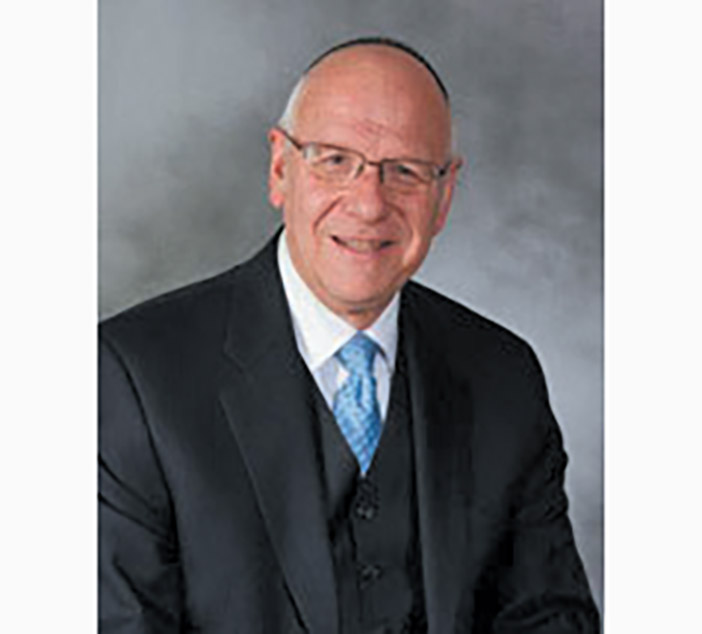
Parshat Beha’alotcha
The haftarah this week centers upon the menorah, details of which open our parsha as well, hence Chazal’s choice to read this vision of Zecharya on Shabbat Parshat Beha’alotcha. But the very fact that we read of the menorah lighting that was performed in the Mishkan in this parsha is somewhat curious. After all, we read of the command to fashion the menorah, as well as the precise shape and its “decorations” in Parshat Trumah. We read in Parshat Tetzaveh of where the menorah was to be placed, of what oil would be used and who (and how) it was to be lit. In Parshat Pekudei we read that these instructions were followed and that the menorah was kindled in the newly completed Mishkan. And if that weren’t enough, in Parshat Emor the command to gather pure oil for the lighting, the place of the menorah in the Mishkan and the mitzvah of kindling the candelabra that was given to the kohanim are all repeated. Of what purpose was it to remind us of this mitzvah once again here in Parshat Beha’alotcha?
The Ramban takes the unique approach of seeing the seemingly redundant mention of this mitzvah in the parsha that deals with the inauguration of the tribe of Levi into their service of the Mikdash as foreshadowing the “re-lighting” of the menorah by the Chashmonaim in the time of Chanukah following the defilement of the Beit Hamikdash by the Syrian-Greeks (which is why this haftarah is read on Shabbat Chanukah as well). This explanation offers a possible approach for us in understanding the special message left for us in this haftarah.
The navi Zecharya was one of the last three prophets to deliver Hashem’s message to Israel; he was a navi who carried God’s word during the Second Temple era. Like the Ramban’s approach to understanding the message of the menorah, various prophecies of Zecharya foreshadow events in the distant future and, as such, are especially pertinent to us today. Indeed, we have seen, and still see, many of his visions playing out before our very eyes. When Zecharya tells us (Chapter 14) that a day will come when Yerushalayim will be divided and Jews will live in but one half of the city until a great battle when Hashem will reunite the city—we know today exactly to what he refers. And when he promises that God will return to Tziyon and the streets of Yerushalayim will be filled with playing children (Chapter 8), we witness that each day. And when he predicts that Hashem will bring His children back to Jerusalem from eastern and western lands (Chapter 8), all we need to do is walk the streets of Israel and hear the different languages spoken.
In the same way, the haftarah’s prophecy of the menorah leaves us a message that we can appreciate fully only today. Three pesukim after the close of the haftarah, the prophet explains the significance of the seven branches of the menorah, clarifying that they represent “einei Hashem,” the “eyes” of God that are “meshotetim b’col ha’aretz,” scanning the entire world. And we, who have seen the miracles God has wrought as He scanned the entire world and miraculously protected our people, certainly know how true that is.
How important it is for us to study these nevuot and see today’s headlines in their light. After each time we read a haftarah, we state “shekol d’varav emet vatzedek,” that all of God’s words are true and righteous.
More than any other generation, we can testify to the absolute truth of those words.
By Rabbi Neil N. Winkler
Rabbi Neil Winkler is the rabbi emeritus of the Young Israel of Fort Lee and now lives in Israel.










